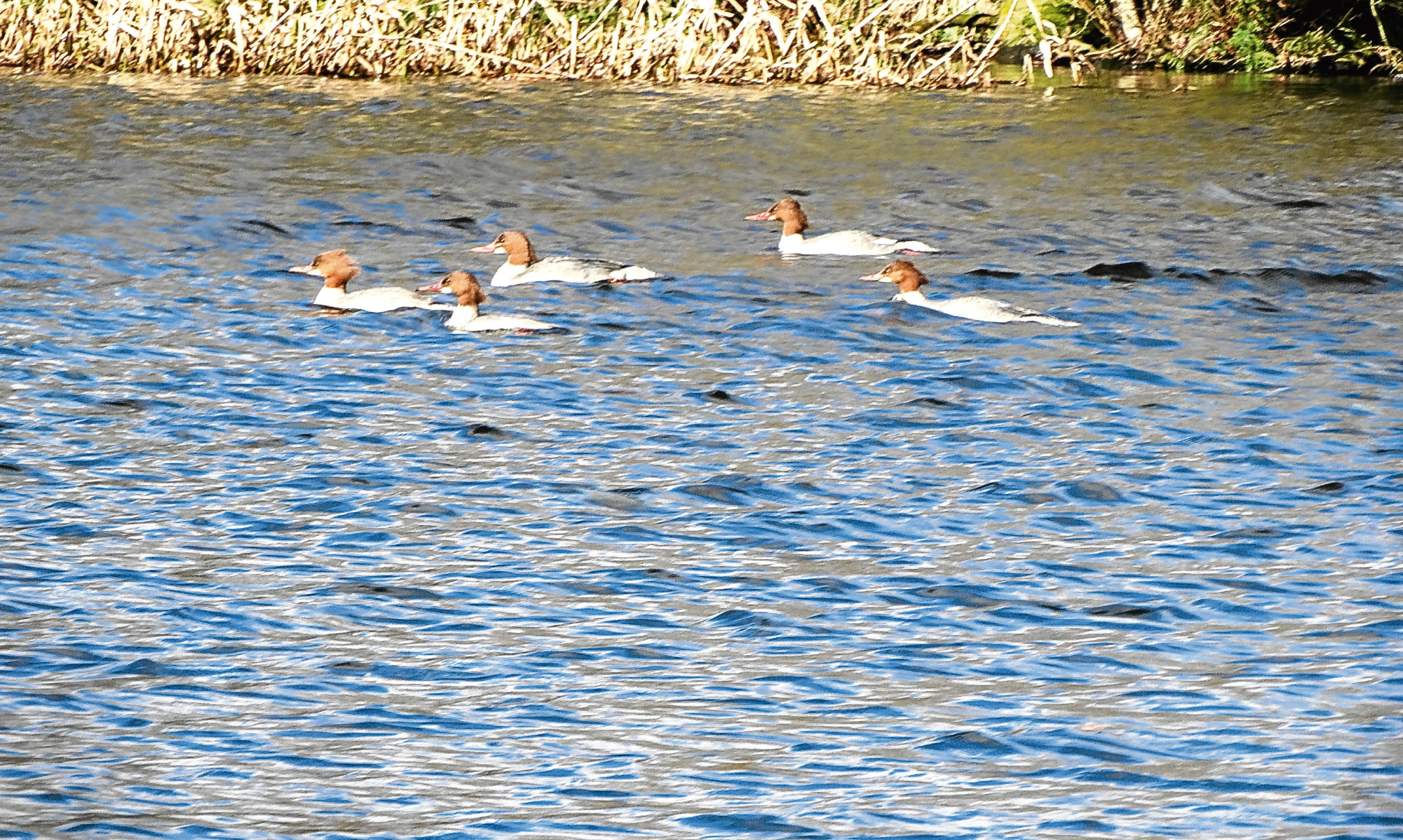Each year, about mid-September, I start looking into the skies above the house for the first of the ragged chevrons of pinkfeet and greylag geese reaching the end of their annual migration from their Arctic summer breeding grounds, just as their ancestors have done for a thousand years.
Their bleak, windswept cries – the hounds of heaven, someone called them – stop me in my tracks and I know that for the next half year I shall be waiting for them every morning when Inka and I are out for the early walk.
“I do not think that any man who has a spark of imagination within him can fail to be moved by the almost unearthly music of a large skein of wild geese upon the wing” – wrote Denys Watkins-Pitchford under his pen name of BB, who was a writer, painter, poet and lifetime countryman.
Elemental spirits, they bind us into the rhythms of the natural world which more and more, it seems to me, modern living isolates us and insulates us from.
As the Arctic winter closes in, and the availability of food dries up, the grey geese fly south to our more temperate winters. The winter of 2010/2011 was the last proper hard winter with lying snow and frost-bound earth but, in the lowland ground of the Howe of the Mearns and Strathmore that I write about, generally there is feeding for the wildfowl.
Now the cries are getting fainter as the Arctic winter recedes and the grey geese can return to their nesting grounds. They’ll wait for a favourable wind under their tails to speed them on their way and they’ll be off. Once they have cleared our northern shores they fly over featureless, pewter seas until they cross the coastline of the Land of the Midnight Sun.
Their nests are simple scrapes in the ground lined with grasses and moss and warm down plucked from their breasts, in which 5-7 eggs are laid in May and June. Incubation is 28 days and the goslings fly at about eight weeks.
Incredibly, in six months’ time this year’s broods will have fledged and be strong enough to join their parents for the long journey south. I shall be out with Inka some late September morning listening for their “celestial, chiming voices” (BB again). Meantime I’m saying my farewells to the ragged chevrons of this winter’s visitors heading back to their Arctic summer homes.
Songs of spring
Monday was the spring equinox when the hours of daylight and hours of night-time are equal. It’s yet another event which is declared to be the first day of spring.
But I read several days ago that the season’s first cuckoo was heard in London last Saturday – which my Loanhead aunties, who lived their lives secure in the knowledge that they were right – would have declared trumps everything.
I like to usher in spring by degrees. The dawn chorus, led by our resident blackbird, gently rouses me from my slumbers some mornings about 5.30. He is joined by a robin and before I know it the garden is awake and filling with song.
Spring colours
I look out for flashes of spring colour. Our 18th Century ancestors who were agricultural innovators and improvers shared a passion for planting trees.
Because of their ancient religious associations you’ll often find elderly yew trees growing in churchyards and in the policies of big hooses. This is the time to see yew flowers – small, yellow pollen-bearing cones – growing on the undersides of the pine needles.
Look out for blue periwinkle, a trailing, evergreen plant which grows in shady, wooded places. There’s a spot on a back road to Brechin that I pass in the car and at this time of year there’s always a small patch of cornflower-blue scilla, a favourite spring bulb, in flower at the foot of a south facing wall where they get a bit of warmth.
Primroses – from the Latin prima rosa, first rose – are flowering on the bank of the River North Esk where Inka and I walk. By this time next week the woodland floor will be carpeted in wind flowers, the delicate wood anemones.
The gorse, or whins, are glowing with new season’s golden-yellow flowers with their distinctive coconut scent. They stay in flower pretty much throughout the whole year which gave rise to the old Scottish saying that kissin’s not in season when the gorse is not in bloom.
Confused identity
The picture this week is of a flotilla, if that is the correct collective noun, of female and juvenile goosanders. They are wary birds and I had great difficulty getting close enough to take the photograph.
I initially thought they were pintail drakes but they confused me by diving together like synchronised swimmers, and pintail are not diving ducks. I am grateful to the Scottish HQ of BTO (British Trust for Ornithology) at Stirling University who helped me identify them.
It’s all out there, you just need to get out too and look and listen.
